#Japanese traditional craft
Text

April 2023 JAPAN SAPPORO
Artist : SHINYA ARAKI
Japanese traditional craft
"Kiriko: Kiku Tsunagi"
Natural Quartz 30mm
photography by © KOJI ARAKI Art Works
Daily life and every small thing is the gate to the universe :)
#2023#April#April 2023#JAPAN#SAPPORO#SHINYA ARAKI#Japanese traditional craft#Kiriko#Kiku Tsunagi#Natural#Quartz#30mm#crystal#photographers on tumblr#b&w photography#black and white photography#original photography#photography#koji araki art works#iPhone#iPhone photography#iPhone13ProMax
46 notes
·
View notes
Text
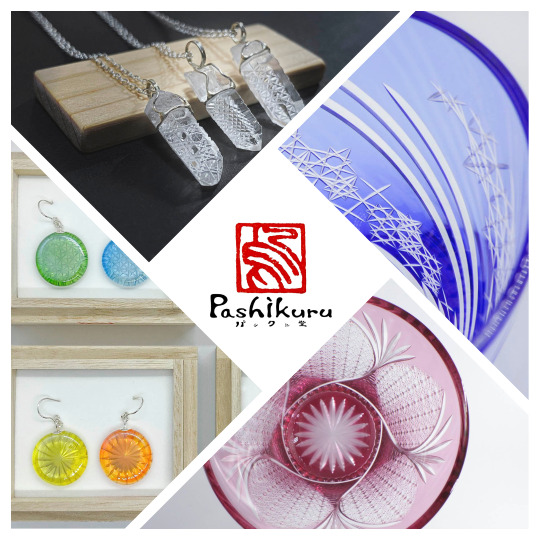
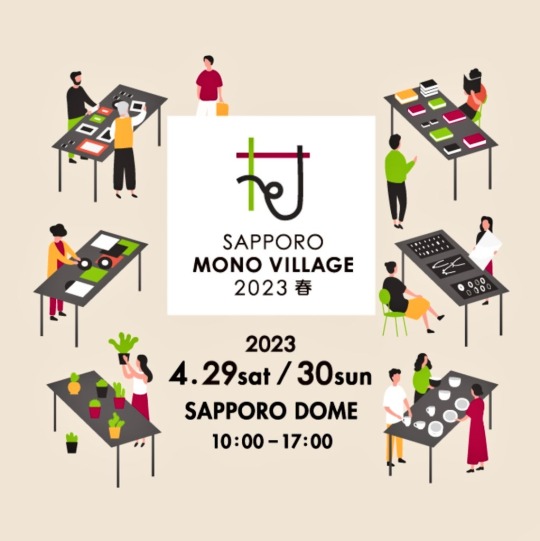

#japan#hokkaido#sapporo#sapporo dome#mono village#event#japanese traditional craft#kiriko#glass#natural quartz#quartz#crystals#art#pashikuru
20 notes
·
View notes
Text




Stitched up this cute sashiko pouch kit. Vaguely annoying that the kit instructions didn’t actually tell you how to cut/assemble the pouch, but I figured it out. I’m going to use it to keep some fibre tools in.
#sashiko#sashiko pouch#craft#crafts#maker#pouch#snap pouch#finished project#finished object#finished#sewing#stitching#sew#embroidery#traditional#japanese craft#japanese fabrics#japanese sashiko#traditional japanese crafts#making a pouch
22 notes
·
View notes
Text
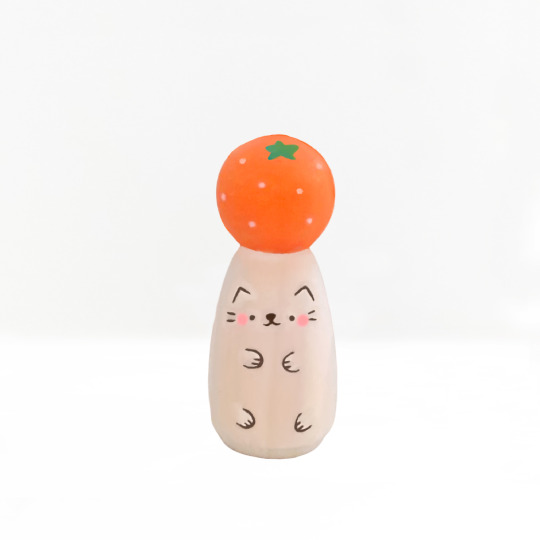
Teeny cat🍊
#kokeshi#kokeshidoll#こけし#猫#cat#cats#kitty#art#orange#artwork#traditional art#doll#dollart#japan#japanese crafts#japanese culture#craftsmanship#wood#wooden toys#woodworking#cute
13 notes
·
View notes
Text
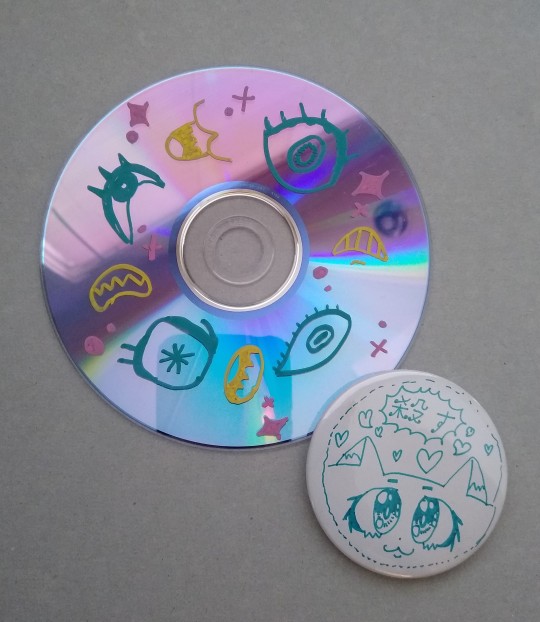
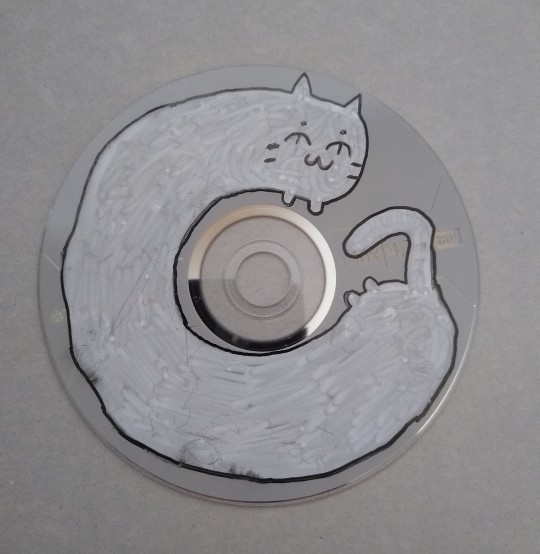
edit: eye design on the pin is based off of this video tutorial by yurie sekiya, creator of pero pero sparkles.
#art#artists on tumblr#my art#traditional art#doodle#yeah thats the phone i used to take these photos#i did these around very early june this year#every year there's a festival in the middle of my town celebrating it#its pretty much an event for local organizations and businesses to promote themselves#its kinda boring because its the same every year lol#but i go mainly because 3 4ths of the stalls give out promotional branded thingamabobs and free candyyyy (😋)#one of the local libraries gives out free books - daycares and kids centers have toys to play with#and lastly kids art schools have some crafts#which is how i got to work on the cd and badge in the photo#fun fact: the stall i did the cd at gave me a flyer printed on card stock which i used to make my arrangeable v a angel face#at the second stall i actually made the pin a total of two times because i lost the first one minutes after i walked away#and when i came back a second time the people hosting recognized me so i had to explain myself#on an unrelated note they were so impressed with my second pin that they asked to take a picture of me with it#and post it on their social media. and i agreed because yay someone likes my art ^W^#soooo there is a picture of this badge and my REAL FACE floating around on the internet#i regret it in the slightest because I have the reasonable fear of my appearance being out there out of my control#though i guess that's a lost cause because ive been in the background of friends' posts and school club social media posts#btw i wrote “(to) kill” in japanese in cutesy handwriting on the pin because i thought it would be funny#and i think it's even funnier to imagine that the social media of the kid's art school just has a post of a badge saying “KILL💖”#next to my smug ass face
2 notes
·
View notes
Text
youtube
The process of making a traditional Japanese flute.
7 notes
·
View notes
Text






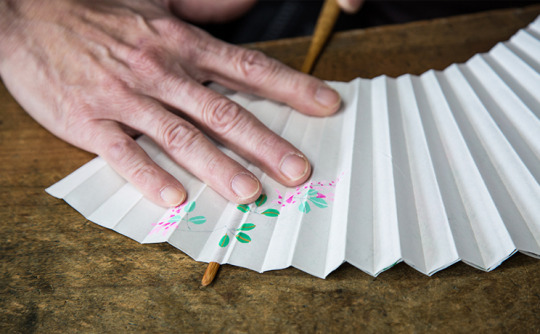

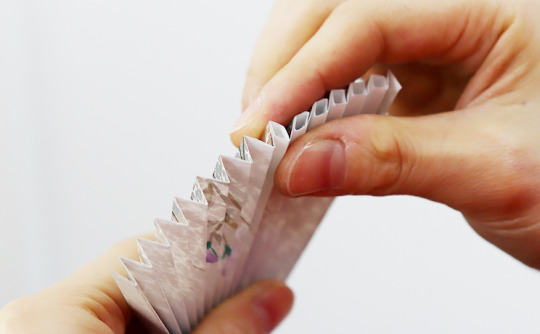




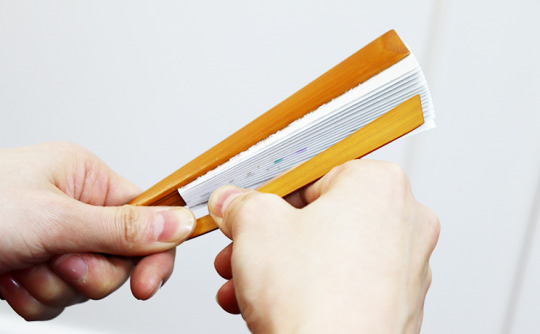
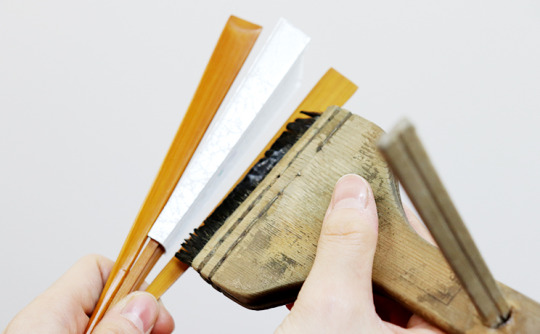

folding fans are said to undergo approximately 88 steps from cutting bamboo to completion, and they are crafted by the hands of multiple artisans.
The processes of crafting the frame, paper, painting, and finishing are all specialized tasks.
For the creation of the original fan, we entrusted the renowned Kyoto folding fan shop, Hakutiku-do, to produce a custom-made folding fan.
The material that forms the core of the folding fan's structure utilizes young bamboo aged between 3 to 5 years. It is delicately processed into thin pieces, starting the intricate carving and painting stages.
The paper for the fan surface is created by cutting three layers of paper with a core in between, sandwiched with washi paper, into the shape of a folding fan.
While typically, each piece of cut paper is individually painted by an artist, the original fan employs paper printed with Hidenobu Suzuki designated colors and arrangement. Subsequently, the printed paper is folded in an accordion-like fashion.
Using two molded templates with grooves, the folded paper is sandwiched between them, and one or two creases are applied, creating pathways for inserting the ribs in the later stages of finishing.
In the final finishing stage, air is blown into the section where the creased paper accommodates the inner ribs, creating holes.
The inner ribs, coated with water-based glue, are then inserted and adhered.
The thicker ribs on both sides, known as the "parent ribs," are heated, bent inward, and glued to the paper, shaping and refining the fan's form.
Thus, an original folding fan is meticulously brought to life through these steps.
Would you like to buy a folding fan that is a traditional Japanese craft?
You will be very satisfied with the beautiful finish.
HIDENOBU SUZUKI PHOTOGRAPHY SHOP
扇子は竹をきるところから仕上げまで約88工程あると言われ、何人もの職人たちの手によって作られています。
骨づくり、紙、上絵、仕上げ、それぞれが分業になっています。
オリジナル扇子制作にあたって、京扇子の名店、白竹堂さんにお願いをしてオリジナル扇子を製作して頂きました。
センスの骨になる材料は、3年から5年の若い竹を使い、薄く細かく加工して細工や塗工程から製作が始まります。
扇面の紙は、芯紙を表と裏から皮紙で挟んだ3枚合わせのものを使用して扇の形に切り抜いていきます。
通常は、切り抜いた紙に絵師が1枚1枚上絵を付けていくのですが、オリジナル扇子は、鈴木秀総の作品を指定した色と配置でプリントした紙を使用しています。
その後、プリントが終わった紙を蛇腹状に折る作業を行います。
渋引きをした型紙2枚で紙を上下から挟み、1枚もしくは2枚ずつ折り目をつけ、後の仕上げ工程で骨を差し込む道を通していきます。
最後の仕上げ工程では、折り目をつけた紙の仲骨が通る部分に息を吹き込み穴を開け、水糊をつけた仲骨を差し込み接着します。
親骨とよばれる両側の太い骨は熱して内側に曲げて紙を接着し、形を整えて仕上げていきます。
こうして1本のオリジナル扇子ができるのです。
#photography#japan#hidenobu suzuki#cooljapan#art#photograph#folding fan#sensu#traditional Japanese craft#traditional#traditional art#kyoto
8 notes
·
View notes
Text

いまだに現役ではたらき、見守ってくれている気がする。
ばあちゃんが作った紙の子箪笥。🇯🇵👘
2 notes
·
View notes
Text
#video games#japan#japanese culture#nintendo#craftsmanship#japanese artist#pokemon#traditional art#kanazawa#national crafts museum#crafts#fine arts#pokemon art#kogei
2 notes
·
View notes
Photo

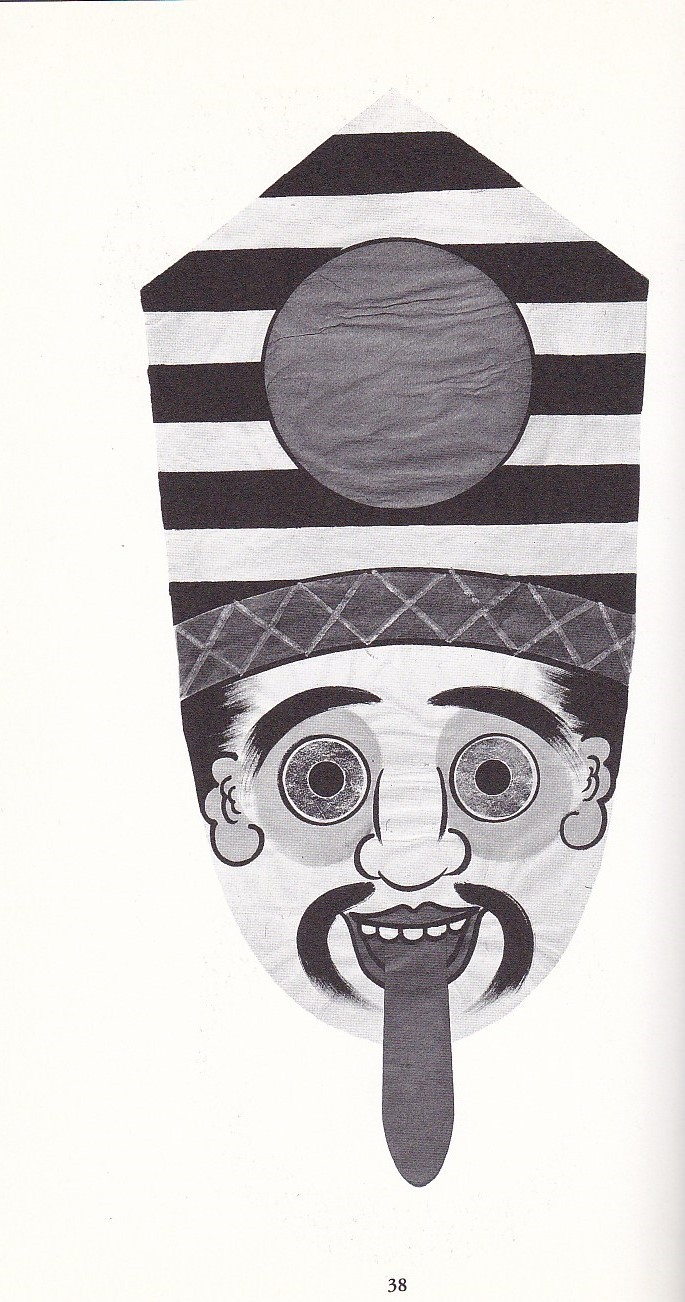


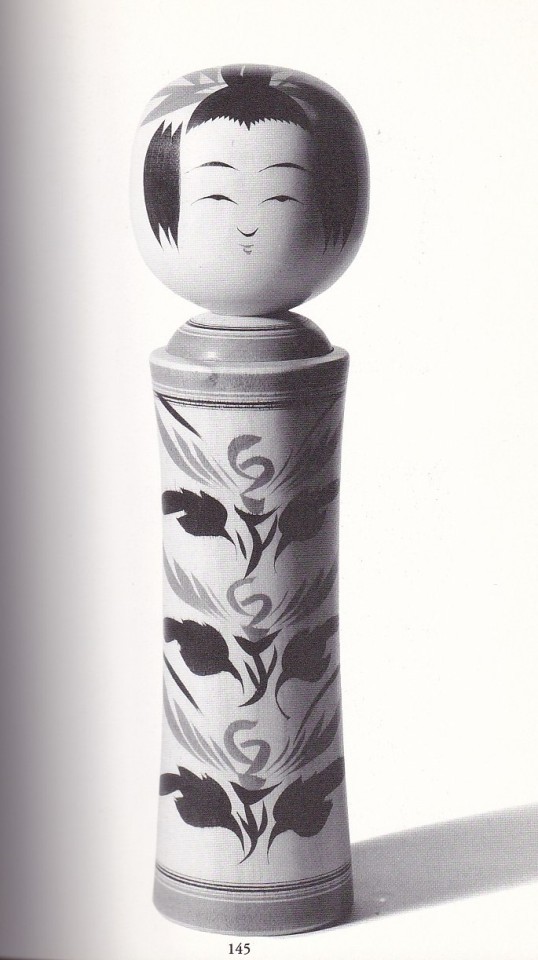

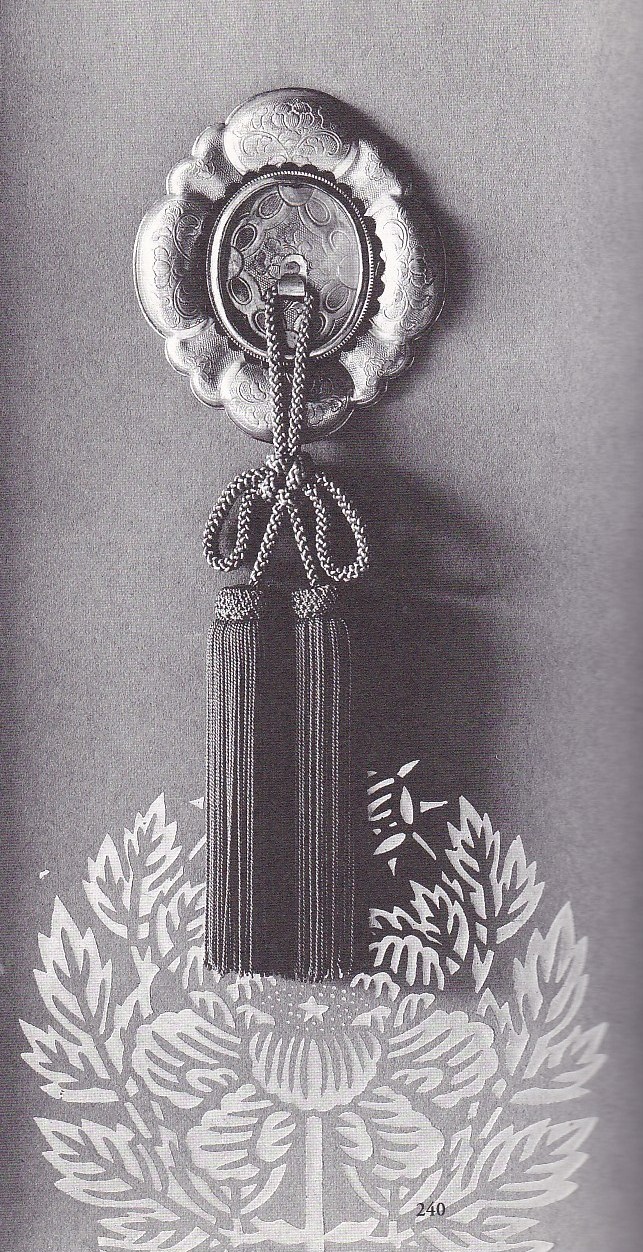



Katachi
Classic Japanese Design
Paper, Wood, Bamboo, Fiber, Clay, Metal, Stone
Takeji Iwamiya, Kazuya Takaoka
Chronicle Books, 2000, 398 pages , 15,50 x 22,86 cm, ISBN 0780811825474
euro 30,00
email if you want to buy :[email protected]
Untranslatable, the word katachi signifies the essence of Japanese design, the form, symmetry, and workmanship of traditional craft. Embodying the marriage of beauty and functionality that is the key to the Japanese aesthetic, the objects presented in Katachi are made of materials that have played an important role in Japanese life for centuries: wood, bamboo, stone, fiber, metal, earth. The photographs, in black-and-white and color, showcase pieces ranging from exquisite geometric stone carvings and architecturally elegant shoji screens to such humble yet perfectly conceived objects as combs, sandals, rakes, and teapots. Twenty years in the making, photographer Takeji Iwamiya's masterwork is a lovingly rendered tribute to these objects and the culture they sprang from. Japanese concepts of shape and form have been a major influence on contemporary design throughout the world, and this eloquent collection will appeal to designers as much as to connoisseurs of Japanese art and culture.
16/11/22
orders to: [email protected]
ordini a: [email protected]
twitter: @fashionbooksmi
instagram: fashionbooksmilano, designbooksmilano tumblr: fashionbooksmilano, designbooksmilano
#katachi#Japanese design#traditional craft#Takeji Iwamiya#Beauty & Functionality#design books#designbooksmilano#fashionbooksmilano
3 notes
·
View notes
Text
@appleslices thank you!! I got the paper from an origami craft book!






^ here are some other patterns that are pretty cool
#it was a gift btw i think its a fun thing to do and this paper is much easier to fold than printing paper ahah#its still not actual origami paper but it's a good compromise if you just want to do some craft activity once in a while!#also the book is very heavy on the 'traditional japanese' thing but there are literally no japanese artists involved so...
3 notes
·
View notes
Text

April 2023 JAPAN SAPPORO
Artist : SHINYA ARAKI
Japanese traditional craft
"Kiriko: Kiku Tsunagi"
Natural Quartz 40mm
photography by © KOJI ARAKI Art Works
Daily life and every small thing is the gate to the universe :)
#2023#April#April 2023#JAPAN#SAPPORO#SHINYA ARAKI#Japanese traditional craft#Kiriko#Kiku Tsunagi#Natural#Quartz#40mm#crystal#photographers on tumblr#b&w photography#black and white photography#original photography#photography#koji araki art works#iPhone#iPhone photography#iPhone13ProMax
39 notes
·
View notes
Link
Embark on a captivating journey through the world of Japanese Whisky with our latest article on Bourbon Trend! 🥃 Discover the unique flavors, craftsmanship, and innovation that make Japanese Whisky a global sensation. From award-winning selections to the art of distilling, this guide is your ticket to exploring the finest whiskies Japan has to offer. Perfect for enthusiasts and newcomers alike. Don't miss the chance to dive deep into the elegance and tradition of Japanese Whisky. 🌟 #JapaneseWhisky #WorldWhiskies #Craftsmanship
0 notes
Text
日本のトリビアまとめ #0002
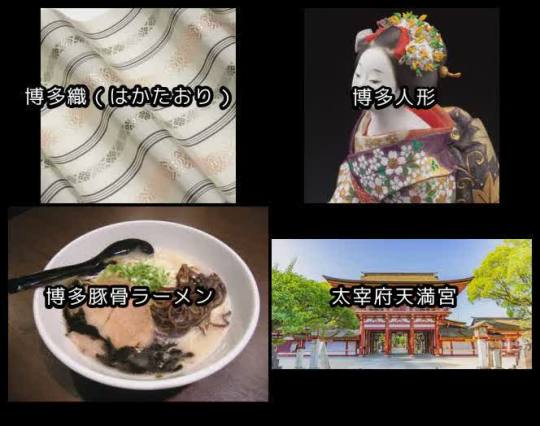
#博多の伝統工芸#Traditional textiles of Hakata#博多の食文化#博多織(はかたおり)#Hakata Tonkotsu ramen#Traditional crafts of Hakata#だざいふてんまんぐう#福岡の織物#Hakata food culture#Hakata-ori#Dazaifu Tenmangu Shrine#Dazaiftenmanguu#Japanese Trivia#Hakata doll#博多人形#太宰府天満宮#博多豚骨ラーメン#日本のトリビア
0 notes
Text

Teeny cat🍎
#kokeshi#kokeshidoll#こけし#猫#cats#cat#art#artwork#traditional art#doll#doll art#japan#japanese culture#japanese crafts#craftsmanship#wood#wooden toys#woodworking#painting#drawing
3 notes
·
View notes
Photo

博多人形
博多の伝統工芸
博多人形(はかたにんぎょう)は、福岡市博多地区で製作される伝統的な人形で、その独特な美しさや精巧さで知られています。以下に、博多人形についての詳細を説明します。
1. 歴史と起源:
博多人形の歴史は古く、江戸時代にさかのぼります。当時、博多は交易の拠点であり、中国や朝鮮からの文化や工芸品が入ってきました。そこから、博多の職人たちが独自の人形制作技術を編み出しました。
2. 特徴:
博多人形は、精巧な造りと細かい彩色が特徴です。伝統的な衣装や武具、芸能者の衣装など、様々なテーマで作られます。独特の表情や動きのあるポーズ、手の細かな表現など、細部にまでこだわった仕上がりが魅力です。
3. 製法:
博多人形は手作業で作られます。木彫りや粘土を使って人形のモデルを制作し、それを型にして粘土や石膏で型を作ります。その後、型に絹や和紙を貼り付けて形を整え、最終的に細部を彩色して完成させます。
4. 用途:
博多人形は、主に観光客向けのお土産や贈り物として人気があります。また、博多地域のお祭りや行事などで展示されたり、伝統的な文化イベントで見ることもできます。
♪♫♬🎤🎹🎶♪♫♬🎤🎹🎶♪♫♬🎤🎹🎶♪♫♬🎤🎹🎶
Hakata doll
Traditional crafts of Hakata
Hakata dolls are traditional dolls made in the Hakata area of Fukuoka City, and are known for their unique beauty and sophistication. Below are details about Hakata dolls.
1. History and origins:
Hakata dolls have a long history, dating back to the Edo period. At that time, Hakata was a trading hub, bringing in culture and crafts from China and Korea. From there, craftsmen in Hakata developed their own unique doll-making techniques.
2. Features:
Hakata dolls are characterized by their elaborate construction and detailed coloring. They are made with a variety of themes, including traditional costumes, weapons, and celebrity costumes. The unique facial expressions, dynamic poses, detailed hand expressions, and other details are appealing.
3. Production method:
Hakata dolls are made by hand. A doll model is created using wood carving or clay, and then a mold is made using clay or plaster. After that, silk or washi paper is pasted onto the mold to shape it, and the details are finally colored to complete it.
4. Usage:
Hakata dolls are popular as souvenirs and gifts mainly for tourists. They are also exhibited at festivals and events in the Hakata area, and can be seen at traditional cultural events.
0 notes